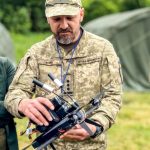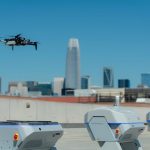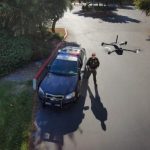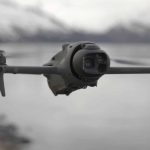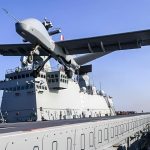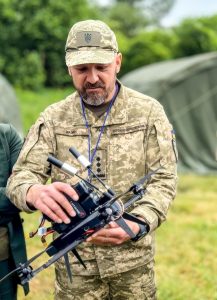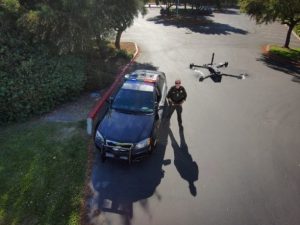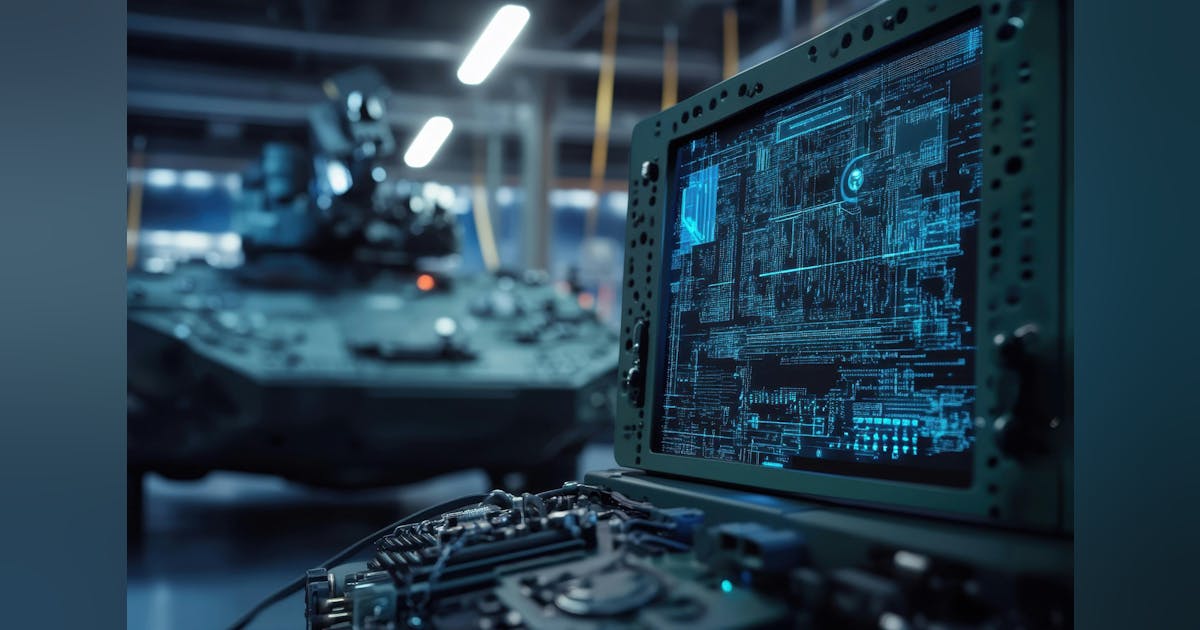U.S. Army’s Strategic Shift Towards AI in Next-Gen Armored Combat Vehicles
Date: May 12, 2025
In a significant move to enhance operational capabilities, the U.S. Army is prioritizing the integration of artificial intelligence (AI) in crew stations for its next-generation armored combat vehicles. Rather than merely upgrading existing vehicles with incremental technological enhancements, the Army is embracing a fresh approach with entirely new designs.
Located in Warren, Michigan, the Army Combat Capabilities Development Command’s Ground Vehicle Systems Center (DEVCOM GVSC) has issued a request for information on AI-based technologies that could revolutionize crew operations within these advanced combat platforms.
This initiative aims to tackle various technical challenges where the private sector may have relevant solutions. This solicitation falls under the umbrella of the Army’s Crew Optimization and Augmentation Technologies (COAT) program.
New Capabilities on the Horizon
Instead of an evolutionary upgrade of current combat vehicles, the Army is opting for comprehensive replacement programs. This bold strategy presents opportunities for introducing cutting-edge technologies in next-gen armored vehicles, with some slated for initial deployment within just two years.
The Army’s focus includes command and control enhancements along with AI assistants designed to manage sensor data, thereby reducing sensory and cognitive overload for crew members.
Addressing Technical Challenges
The technical hurdles identified include:
- Developing optimal user interfaces for head-mounted displays
- Creating AI-assisted target recognition systems
- Implementing voice-activated AI assistants
- Providing embedded training solutions
- Integrating 3D and external audio cues
- Monitoring crew health in real-time
- Visualizing automated workflows
- Facilitating human-autonomy collaboration
- Conducting virtual experiments
- Enhancing crew safety systems
- Countering unmanned aerial threats
- Establishing drone control interfaces
The optimal user interface aims to facilitate intuitive interaction with the vehicle’s systems, enhancing effectiveness and efficiency for ground crews.
AI technologies for target recognition will enhance the ability to identify aerial and ground threats using various sensors in real time. Additionally, voice-based AI will assist in task management, ensuring crew members remain alert and informed.
Further, embedded training software will enable immediate on-vehicle education for all crew members, while external audio technologies will enhance threat detection from outside the vehicle.
Monitoring Crew Well-Being
Real-time health monitoring through wearable sensors will track vital indicators such as stress and cognitive load, ensuring crew readiness. Automated workflow visualizations and advancements in simulation fidelity are intended to bolster operational effectiveness.
Emphasizing Safety and Security
Safety measures include advanced systems for fire suppression, blast protection, and injury mitigation within vehicle designs. Moreover, as drones become increasingly integral to combat operations, capabilities to detect and counter these threats are also under development.
For companies interested in participating in this initiative, responses can be submitted via email to Army contact Ben Berati before June 8, 2025. Further details are available online at SAM.gov.
For more insights on this development, check out the Original Article.
